Henna—just the word alone brings visions of beautifully adorned hands, intricate designs, and the fragrant smell of herbal paste. Thanks to henna’s timeless charm, consumers wear it at weddings, festivals, or Instagram feeds. In addition to being visually captivating, henna is deeply rooted in history.
It’s got a lot going for it: it’s natural, temporary, and steeped in tradition. But for any artist considering adding henna to their roster of offerings, it’s not as simple as squeezing a tube and watching magic happen. So, what should artists consider before entering the henna market? This article will unpack the world of henna, from what it is to why it’s blowing up in popularity and things artists should know before offering it in 2025.
Table of Contents
Henna in a nutshell: What is it?
Why henna is having a moment
What should artists know about henna before offering it?
Bottom line
Henna in a nutshell: What is it?
At its core, henna comes from the Lawsonia Inermis plant’s leaves, which manufacturers dry, crush, and turn into fine green powder. When artists mix this powder with water (and maybe a few other goodies like lemon juice and essential oils), it becomes a smooth paste that they can use to create detailed, temporary body art.
Once the paste dries and falls off, it will stain the skin underneath in shades ranging from bright orange to deep brown colors, depending on the individual’s skin chemistry and the time the artist leaves the paste on. For thousands of years, henna has been used in countries across India, the Middle East, North Africa, and even parts of Europe (even way back to Ancient Egypt)—not just for body art but also for cooling the body, dying hair, and even as a form of spiritual protection.
But today, most associate henna with the intricate, mesmerizing patterns often seen on hands and feet during celebrations like weddings or festivals. What’s cool about henna is that It fades over time, making each design a beautiful but temporary masterpiece. This allows clients to enjoy body art without the “what if I regret this later?” commitment of a permanent tattoo.
Why henna is having a moment
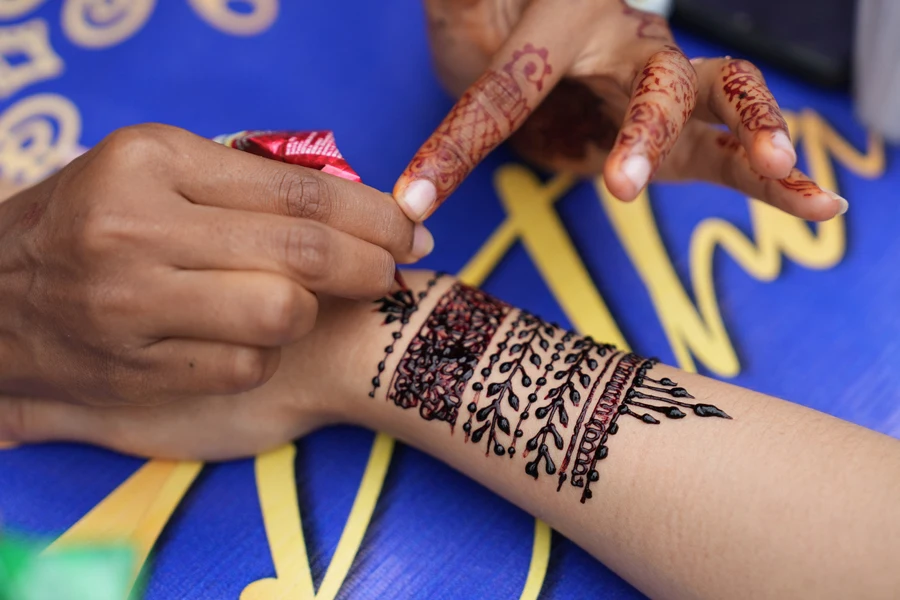
Anyone who has been to summer festivals recently or has seen photos from a boho-chic wedding has probably seen henna somewhere in the mix. It’s become a staple in everything from Coachella looks to intimate bridal parties. But henna’s rising popularity isn’t just about aesthetics—it taps into a few big trends driving the beauty and body art scene.
If you’ve been to a summer festival recently or seen photos from a boho-chic wedding, chances are you’ve spotted henna somewhere in the mix. It’s become a staple in everything from Coachella looks to intimate bridal parties. But henna’s rising popularity isn’t just about aesthetics—it taps into a few big trends driving the beauty and body art scene.
For one, natural beauty is on the rise. More people are steering away from harsh chemicals and looking for beauty treatments with simpler, plant-based ingredients. Henna fits right into this green beauty movement. It’s made from a plant, doesn’t involve anything permanent, and doesn’t come with the potential long-term regrets of a tattoo. Plus, the temporary nature of henna has a major appeal for those who want to switch up their look without any major commitment.
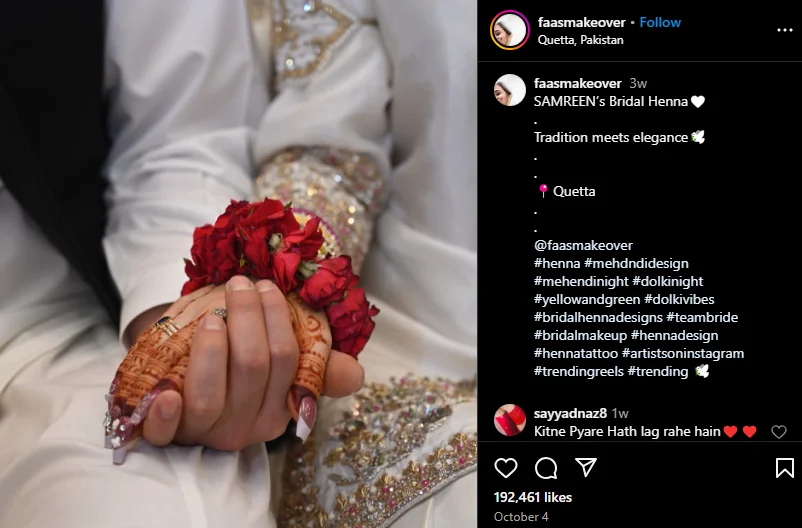
Beyond that, social media platforms have played a huge role in making henna cool again. Platforms like Instagram and TikTok have turned henna into an art form to be shared, admired, and envied. Influencers have shared their henna experiences, which has driven more curiosity and demand for the art, especially those mesmerizing videos where a henna artist effortlessly swirls out a perfect pattern.
What should artists know about henna before offering it?
1. Be mindful of cultural significance
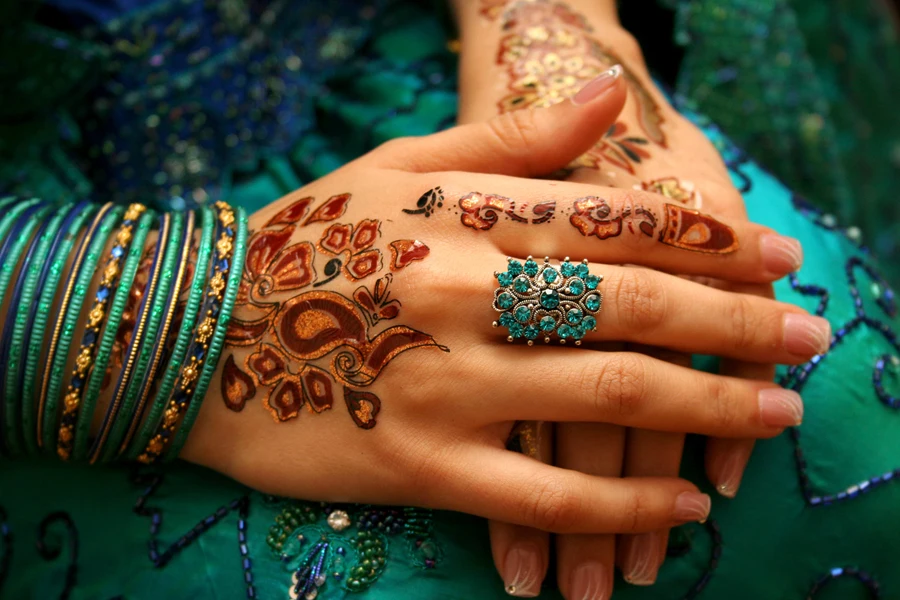
For many cultures, especially in South Asia, the Middle East, and Africa, henna is more than just a pretty pattern. It carries deep cultural and religious significance, which these cultures use in rites of passage, weddings, and religious festivals. For some, henna is even a form of blessing or protection.
Now, this doesn’t mean artists shouldn’t offer henna if it’s outside their cultural background—but it does mean they should approach it with respect and awareness. Take the time to learn about its origins, the meaning behind certain patterns, and how it’s traditionally used. Some designs are loaded with symbolism and understanding that can elevate the work and help artists avoid inadvertently offending someone.
Another thing to consider is acknowledging henna’s cultural roots in the business’s branding or when talking to clients. This shows that the artist respects where this art form came from and isn’t just hopping on a trend, which can go a long way in a world where customers care about authenticity.
2. Quality control
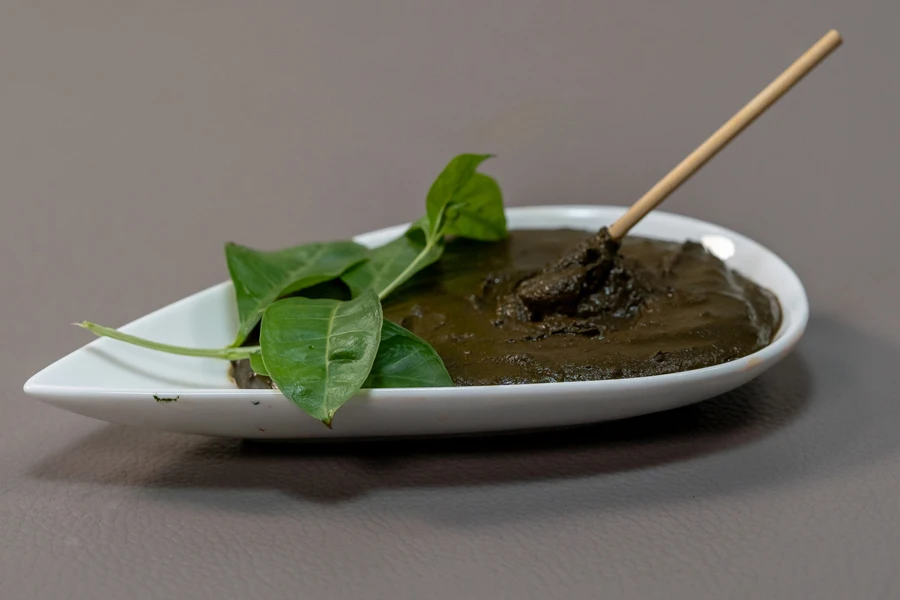
Henna may be natural and culturally significant, but it has many horror stories (burned skin, nasty blisters, and permanent scars). But that’s because it’s not real henna. Real, high-quality henna should never harm the skin, but the notorious “black henna,” which sketchy tourist spots or festivals often use, is another story.
Black henna typically contains PPD (para-phenylenediamine), a chemical that can cause severe allergic reactions, leaving people with more than just a bad experience. Real henna? It’s earthy, natural, and stains in shades of orange, red, or brown—never black. If artists are serious about offering henna as part of their services, they must invest in high-quality, natural henna from reputable suppliers.
Organic, ethically sourced henna is always a good move. Not only is it safer for clients, but it’ll also give them better, longer-lasting results. People are savvy about what they put on their skin, so meet their expectations with the real deal.
3. Safety first
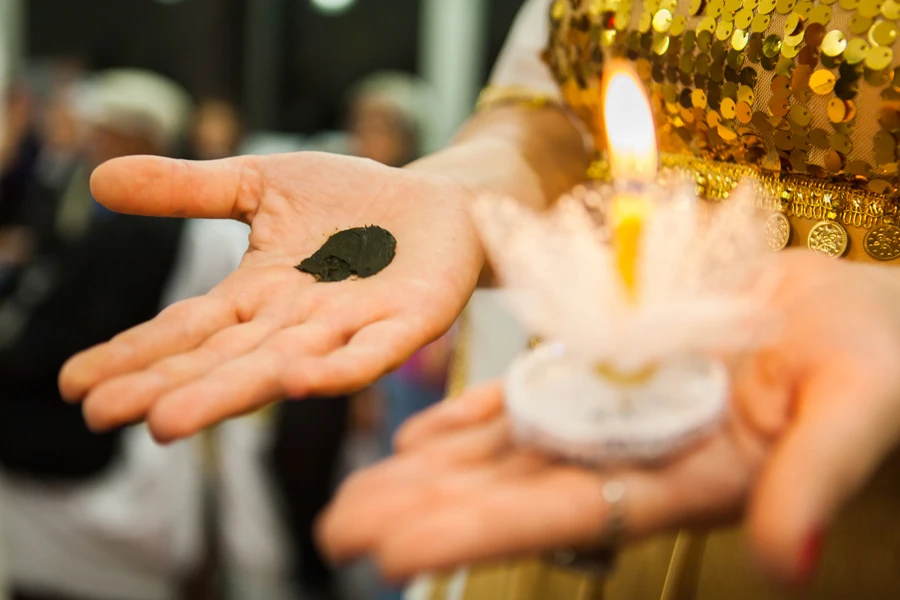
Even if artists are using the best henna money can buy, there’s still a slim chance that someone could have an allergic reaction—especially to some of the oils or additives they might use to mix their paste. Remember that patch tests aren’t just for hair dye.
It’s always a good idea to do a small patch test on a client’s skin before jumping into a full design. Some artists go the extra mile by being transparent about the ingredients in their paste. It’s a small gesture, but it builds trust with clients and helps them avoid any unpleasant surprises, like someone leaving the booth searching for antihistamines instead of raving about their new design.
4. Henna design

It’s easy to think of henna as just another medium. But the truth is, the henna design is a unique art form. While some clients might request something contemporary or modern, many will want traditional patterns often influenced by cultural motifs. Think symmetrical patterns, paisley, mandalas, and intricate detailing.
Henna art also follows different rules than Western tattooing, where shading and depth might play a big role in tattoos. Henna sticks to clean, continuous lines and delicate fills. So, take some time to study classic henna designs from different regions. Artists can also consider using henna stencils and stickers if the intricate details are too much for them.
Each culture has its own approach—Indian henna is known for its detailed, lace-like patterns, while Moroccan henna is more geometric and bold. Understanding these distinctions will not only make a henna artist more skilled but also help them better serve clients.
Bottom line
Offering henna as part of artistic services can open up new creative possibilities, attract a wider range of clients, and tap into a thriving trend that’s both timeless and contemporary. But, like any art form, it requires respect, practice, and attention to detail. If businesses are ready to embrace the world of henna, it can be incredibly rewarding and even meditative. However, they must arm themselves with knowledge, respect the roots of the art, and practice.





 বাংলা
বাংলা Nederlands
Nederlands English
English Français
Français Deutsch
Deutsch हिन्दी
हिन्दी Bahasa Indonesia
Bahasa Indonesia Italiano
Italiano 日本語
日本語 한국어
한국어 Bahasa Melayu
Bahasa Melayu മലയാളം
മലയാളം پښتو
پښتو فارسی
فارسی Polski
Polski Português
Português Русский
Русский Español
Español Kiswahili
Kiswahili ไทย
ไทย Türkçe
Türkçe اردو
اردو Tiếng Việt
Tiếng Việt isiXhosa
isiXhosa Zulu
Zulu